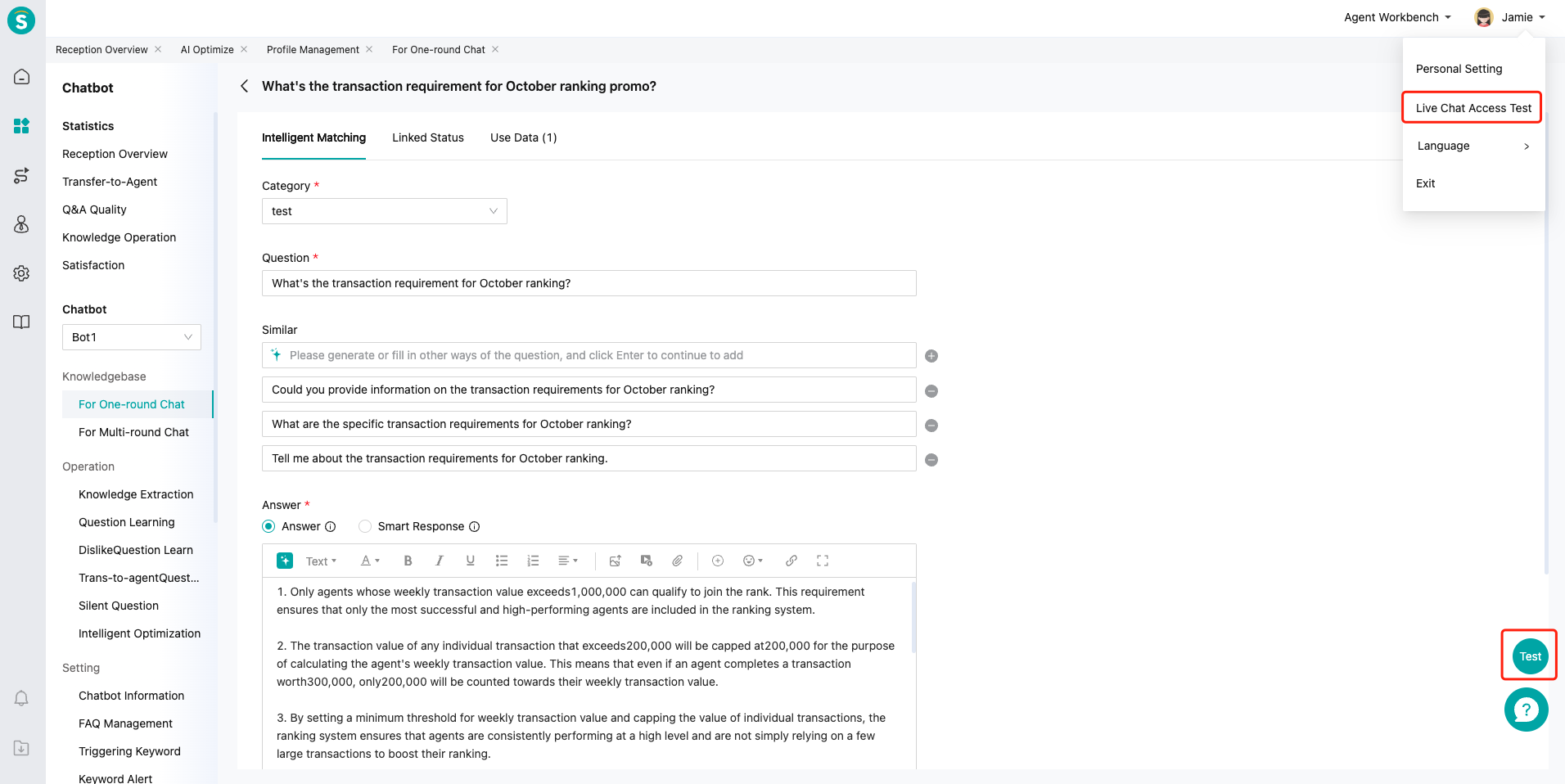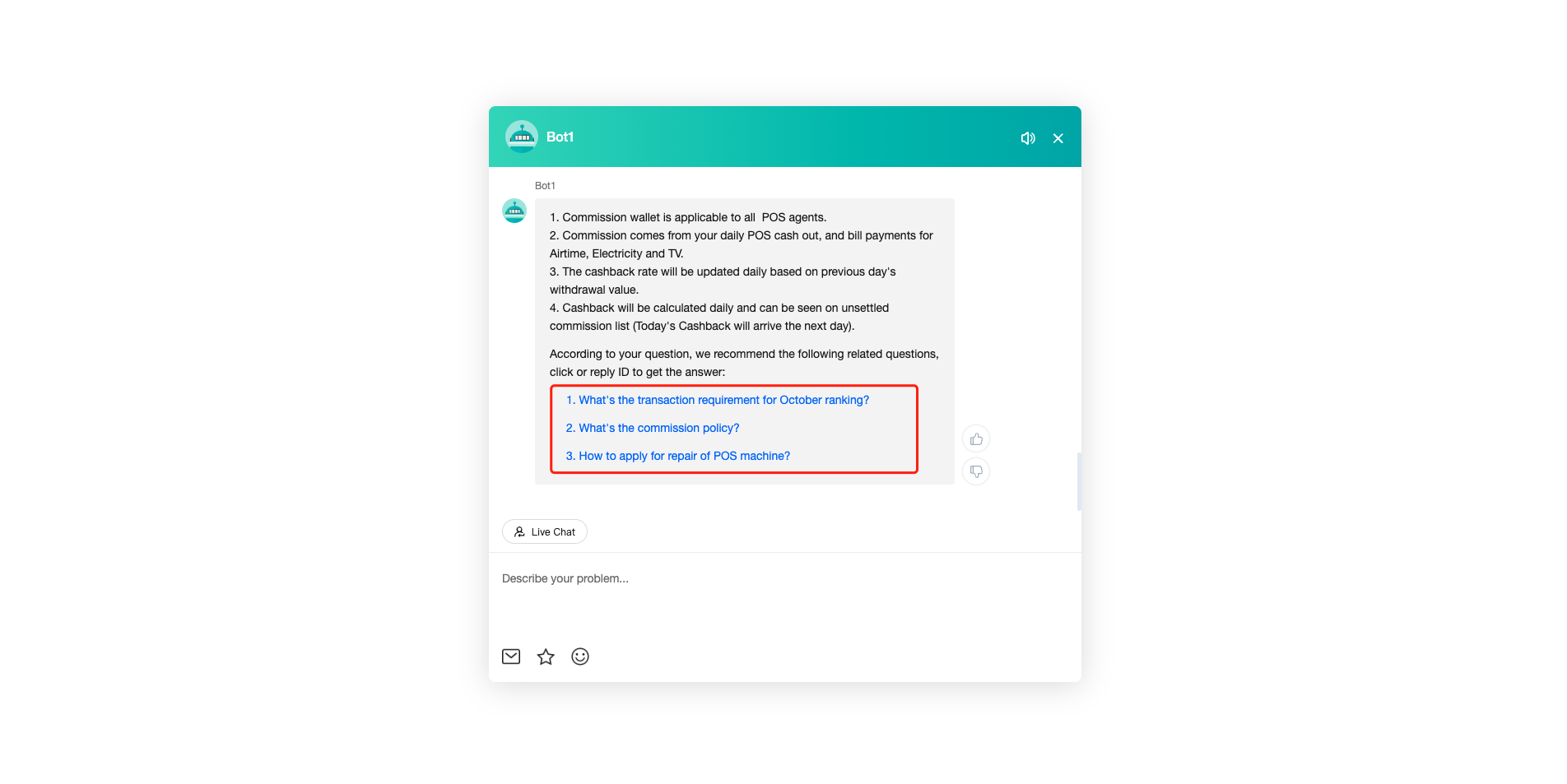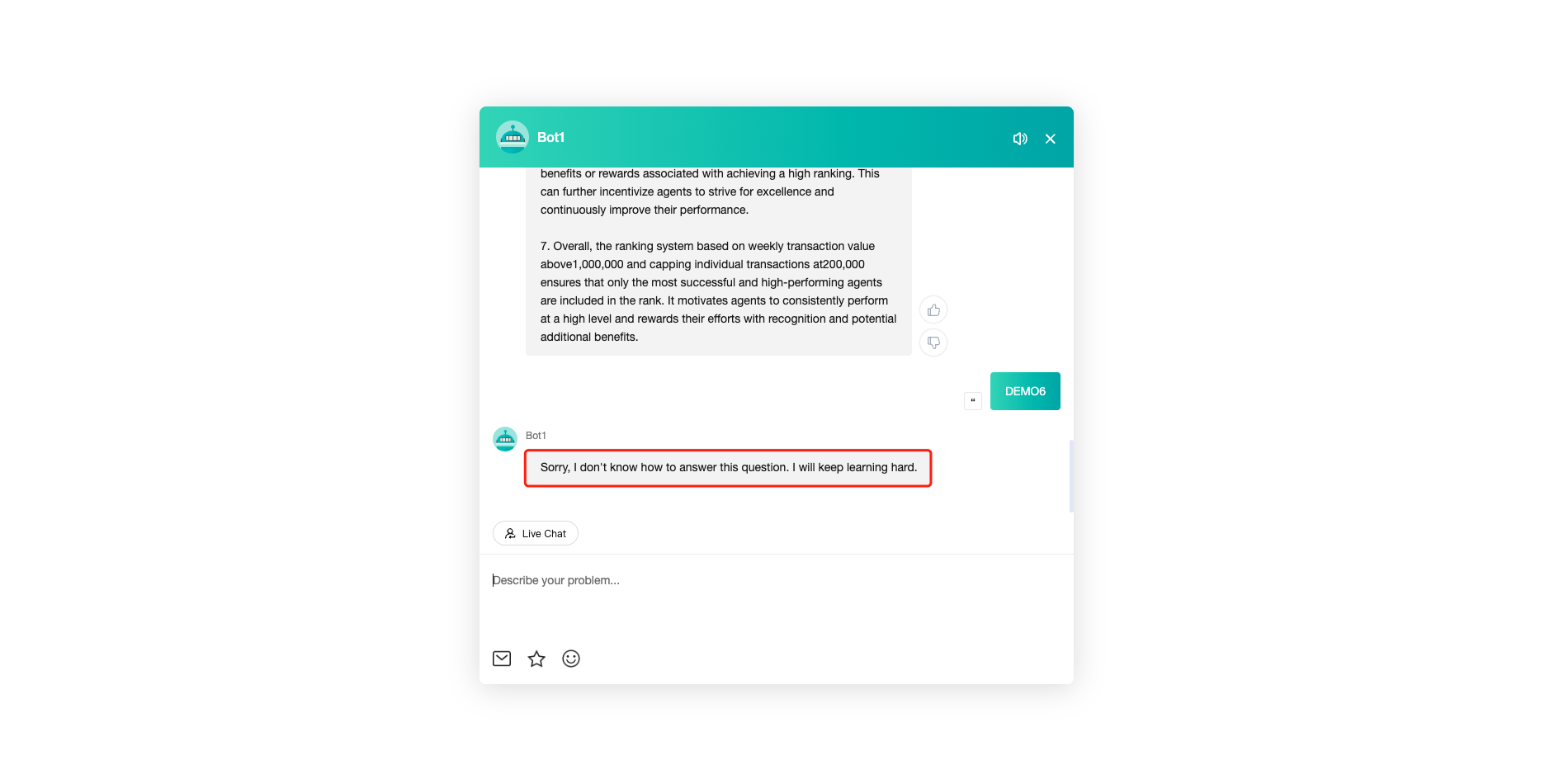Description of Knowledge Base Operation Management Rules
# Description of Knowledge Base Operation Management Rules
——Learn how to operate chatbot knowledge base through this article
# What you can learn from this article
We would like you to understand the following contents through this article:
● The operation methods and functions introduced in this article are applicable to flagship edition chatbot. If you use professional or enterprise edition, you can make some reference.
● What are the operation objectives in different time periods and how to operate it.
● How to better use bot functions
● What indicators need attention
# How to Build a Knowledge Base from Scratch
# ● Stages of Knowledge Base Operation
Stage 1: build the knowledge base before going online, half a month to one month before going online.
Stage 2: test the knowledge base before going online, 1 week before going online.
Stage 3: fast operation period, within 1 month after going online.
Stage 4: refined operation period, 1-3 months after going online.
Stage 5: continuous operation period, 3 months after going online.
# ● What should You Do at These Operation Stages
- Stage 1: build the knowledge base before going online: complete the preparation of knowledge base content at an appropriate time in advance according to the volume of your actual business.
Step 1: collect questions from customers in real business scenarios. If you have used the agent system before, you can export the chat records. If you have no chat history records, you can collect questions from actual business personnel.
Step 2: after collecting data, you can categorize the actual business scenarios using mind map, which will help you better improve the knowledge base later.
Step 3: sort out the knowledge base categories according to the listed business scenarios, categorize the questions collected in Step 1, and sort out the standardized questions and answers first. Similar questions can be enriched after the standardized questions are sorted out. It is recommended to configure at least 5 similar questions for each standardized question.
- Stage 2: test the knowledge base before going online: you can set the goal of the knowledge base test as the Unknown Answer % less than 15% (Unknown Answer % = Unknown Answers / Bot Answers). Testing the answers of the knowledge base will help your bot receive better after going online. See the Q&A Quality Statistics Guide for indicators.
Step 1: prepare the test set. Prepare about 200 questions that customers really ask as a test set.
Step 2: upload the knowledge base questions sorted offline to the one-round questions. Multi-round questions cannot be uploaded. You can directly configure in the admin console.
Step 3: use the online access test, enter the test set questions at the visitor side, and record the answer type (including Direct Answer, Similar Answer and Unknown Answer) to calculate the unknown answer %. If it is less than 15%, it can be ready to go online, and if it is more than 15%, the knowledge base questions should be optimized. Before the test, you need to configure the reception mode and the reception bot in【Docking Channel Settings - Customer Reception Mode】, and confirm that the bot you want to test is the current bot. Refer to the Overall Introduction to Channel Docking Module for details.

- Stage 3: fast operation: quickly reduce the Unknown Answer % and the Independent Reception %. According to the actual business, the Unknown Answer % should be controlled below 5%. Enriching questions in the knowledge base is the primary goal of this stage, which quickly enables bot to answer more customer questions.
Step 1: You need to learn unknown questions, starting from the first day of going online, and reducing the learning frequency after the Unknown Answer % is less than 5%. For the way to use unknown questions, refer to the Unknown Question Learning Guide.
Step 2: You need to start using intelligent learning 2-3 days after going online. For the way to better use intelligent learning, please refer to the Intelligent Learning Guide.
Step 3: You can monitor relevant indicators in the statistical report.
- Stage 4: refined operation. The purpose of this stage is to improve the Direct Answer Match % and the Independent Reception %.
Step 1: You can export the chat history from the trans-to-agent chat record, analyze the reason for each trans-to-agent chat one by one, optimize the knowledge base questions according to the actual reason, and improve the Independent Reception %. Refer to the Chat Record Analysis Method for analysis.
Step 2: You can add Containing Match as the match method of some one-round questions to improve the Direct Answer Match %.
Step 3: You can appropriately use associated questions to improve the Direct Answer Match %. You can bind no more than 5 associated questions.
- Stage 5: continuous operation. There are bottlenecks in all operational indicators. In the continuous operation stage, Unknown Answer %, Direct Answer Match %, and Independent Reception % indicators are required to be stable, and there is no need to improve all indicators.
Reduce the operation frequency according to the actual business volume and keep the indicators stable.
# ● What Are the Specifications for Building a Knowledge Base
Standardized question: Standardized question is used to display, so it should be concise and clear that when the question is displayed, the user can instantly understand its intention. The standardized question should cover the whole meaning of similar questions and answers. It should be limited to no more than 15 chars.
Similar question: Similar question should be consistent with the standardized question in terms of intention. You should avoid similar questions with vague intention and distinguish the intention from other standardized questions and similar questions. It is suggested to enrich more than 20 and less than 200 similar questions (not mandatory requirement)
Standardized answer: The answer should meet all the intentions in the corresponding standardized question + similar question, and indicate the key points. When there are too many key points, it is recommended to disassemble them into different standardized questions. The text should not be too long, and the expression should be close to the vernacular, reducing professional discourse to make users understand.
# ● Introduction to Knowledge Base Answer Type
Direct answer: The method of bot directly giving the answer.
Similar answer: When the module identifies that multiple standardized questions are highly similar to the questions asked by customers, the bot will show these standardized questions to customers, and customers can click to view them. This is called similar answer.

- Unknown answer: When there is no answer to match, the bot will push the reply of unknown question to the customer, which is called unknown answer.

